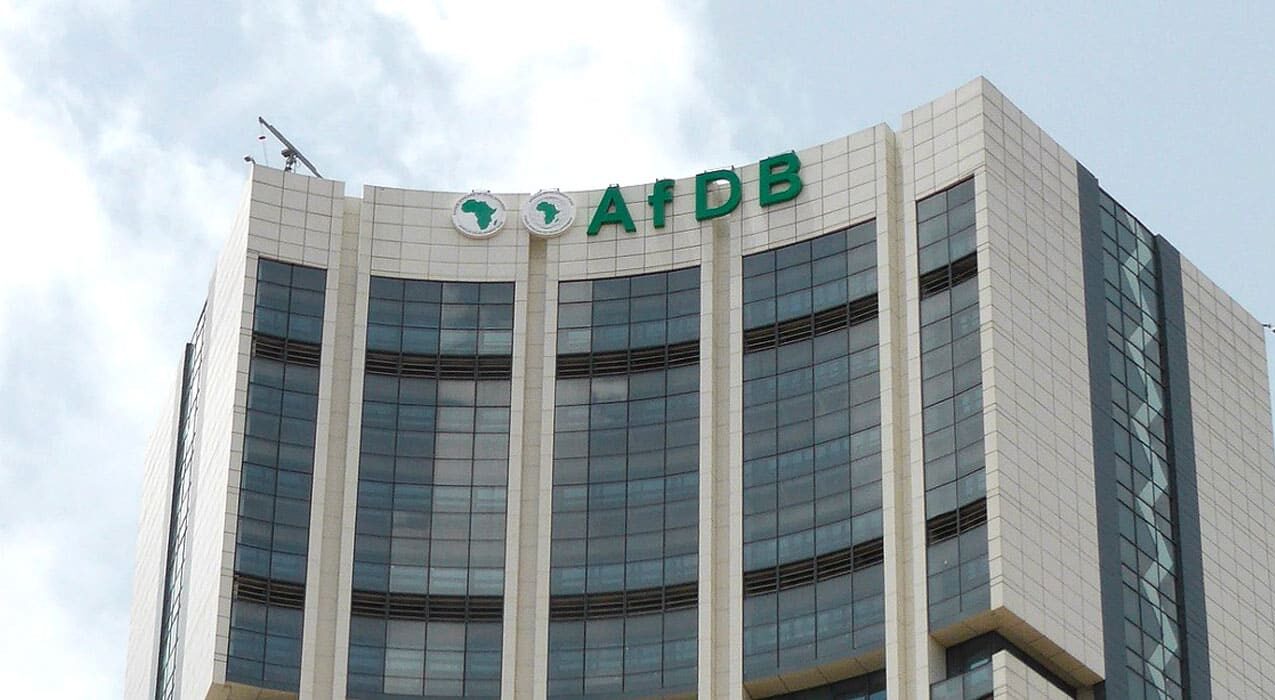
TATIRA ZWINOIRA THE Centre for Natural Resource Governance (CNRG) has named Chinese nationals as the biggest illicit gemstone dealers in Zimbabwe in a new investigative report supported by the Global Initiative Against Transnational Organised Crime (GIATOC).
GIATOC is a Switzerland-based international organisation, whose aim is to develop innovative strategies and responses to organised crime.
CNRG, a natural resource-based watchdog, says Zimbabwe has a very wide assortment of coloured gemstones, estimated to be around 36 types, of which 12 are of critical economic value which include uncut diamonds, emeralds, aquamarine and sapphire.
“Foreign illegal dealers have been targeting unaware communities and buying at a price far below the international market price,” reads a new CNRG investigative report titled The Political Economy of The Illicit Coloured Gemstone Industry in Zimbabwe.
“These gemstones dealers are organised with networks from the communities, borders, and up to the final destination despite the existence of online companies who are registered under the Global Online Suppliers.
“One known Chinese dealer called Mr Zhu has been reportedly fleecing gemstone miners by giving them plates of local meals, beer or loaves of bread before taking over their mines.”
Based on its investigations, CNRG noted that buyers exploit those who pick these stones by buying at low prices, for instance, paying US$3 per kilogramme of aquamarine while some buyers offer US$500 for a cupful of gemstones.
One key informant revealed to CNRG that there was a coloured gemstone which was bought for US$50 in Karoi but resold for US$12 000 in Mozambique.
- Chamisa under fire over US$120K donation
- Mavhunga puts DeMbare into Chibuku quarterfinals
- Pension funds bet on Cabora Bassa oilfields
- Councils defy govt fire tender directive
Keep Reading
“However, MMCZ (Minerals Marketing Corporation of Zimbabwe) has been paying more money to the miners than the illegal buyers and even licenced subagents. Artisanal emerald miners indicated that they can mine up to 300 carats a fortnight and sell to middlemen after sharing the finding with the Sandawana Mines security. Average cost per carat is between US$20 to US$100 depending on the quality of the emeralds,” CNRG said.
“Just as diamonds, coloured gemstones are ultimately value added to form adornments or decoration jewellery and artefacts. In the Zimbabwean setting, the value-chain starts from extraction, through trading of rough gemstones to dealers or through MMCZ.
“The gemstones find their ways, both legal and illicit, to foreign merchants and intermediaries who sell to cutting and polishing technicians before getting to jewellery manufacturers.”
The resource-based watchdog noted that from the miners, the coloured gemstones are passed from one value-chain participant to another at varied profit margins.
“Despite hosting deposits for more than 90% of coloured gemstones found in the regions. Zimbabwe has not been able to establish a robust market for the stones,” CNRG observed.
Failure to establish a proper market for gemstones is contributing to some miners withholding the stones to sell to illegal dealers who provide immediate cash though at heavily discounted rates.
“Dealers avoid MMCZ because it is inefficient and slow. It was revealed that it takes more than two weeks for a sample of gemstone to be approved for export by MMCZ,” CNRG said.
“During illicit dealings, the valuing of the stones at extraction level is not standardised as artisanal miners and community members who pick the stones lack knowledge of the value of the gemstones. In the end, local economies greatly lose out from generating significant revenues as miners under-price the stones.”
CNRG said Chinese nationals in Zimbabwe seem to enjoy extensive immunity from police arrest.
“Indians, some who have settled in Zimbabwe, have opened backyard workshops for beneficiating, cutting and polishing as well as jewellery making in Zimbabwe. Most official informants pointed out that the Chinese are the majority smugglers, coming through Zambia, while individual Zimbabweans are exporting to Tete in Mozambique,” CNRG revealed.
“In Zambia, close to the Zimbabwean border is Kagem (the world’s largest coloured gemstones mine) owned by Gemfields. The Kagem belt extends into Zimbabwe and foreign buyers who are attracted by the Kagem also find their way into Zimbabwe. Once in Zimbabwe these buyers hunt the gemstones and smuggle them back into Zambia.”
Anjin Mining Investments (Pvt) Ltd and Jinan Mining had pledged to invest US$132, 2 million and US$200 million, respectively, over the last seven years before their suspension in February 2016.
However, of Jinan’s pledge, US$137 million has been invested, while Anjin’s actual investment was unknown.
According to information gathered from local gemstone dealers, apart from Chinese nationals, foreign buyers include nationalities of Zambia, Tanzania, DR Congo, India, Pakistan and Singapore.
“These buyers engage local individuals to buy stones from artisanal miners on their behalf. They also make arrangements for their protection with security agents who in turn organise for their easy exit from the country with their contrabands,” CNRG said.
“Generally, foreign buyers buy the stones to supply jewellery manufacturers, with security agents who in turn organise for their ease exit from the country with their contrabands. Generally, foreign buyers buy the stones to supply jewellery manufacturers.”
The gemstone sector of Zimbabwe is regulated by the Precious Stones Trade (PST) Act Chapter 21:06 and Statutory Instrument 256/2019 (Minerals Marketing Corporation of Zimbabwe (Gemstones Subagents) Regulations, 2019)











